Indigo extraction
Indigo, Añil, Xiuquilitl, Pastel, Ai zome….
These are some of the names used around the world to name this magical color, which was the only source of blue in ancient times.
Blue poetry (indigo leaves in water)
In Mexico, the nahuatl name for indigo isxiuquilitl, xiu means blue and quilitl means herbs.
Niltepec is a town located in Oaxaca, and it is one of the few places in Mexico where the indigo extraction process is still done. They have been doing it for hundreds of years, and it is now part of their heritage.
Niltepec is located in the heart of Istmo de Tehuantepec, and it is said that even the name Niltepec comes from “Ñilpetec”, which comes from the indigo name “Añil”.
I’m Mexican; I’m a natural dye passionate! And I’ve been lucky to experience all the different steps involved in indigo dyeing. I was part of an indigo extraction process a few years ago with Michel Garcia, while doing an internship in France.
And last year, I went to Niltepec and I could also experience how the indigo extraction process is done there.
I found the comparison very interesting! Both processes are almost the same, even though 2 different plants were used.
In France we used persicaria tinctoria, and in Niltepec we usedindigofera tinctoria.
It is important for you to know that several steps are involved in the extraction, these steps are:
*Picking up the plants
*Filling the tanks with warm water
*Oxygenating water until foam appears. Two persons do this for hours. It is a very exhausting job.
*Precipitating with lime (calcium), this step is done in other countries, not in Mexico.
*Straining.
*Letting indigo dry in bricks for days
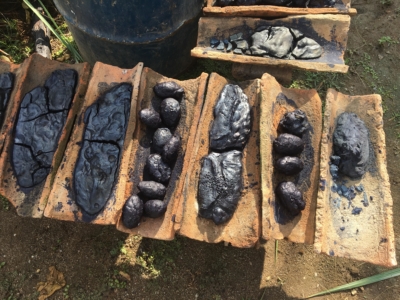
Only one step is done differently! In Mexico we use a local fruit called “gulabere” (cordia dentata)to help precipitate the pigment. This sticky fruit helps separate the water from the pigment, and it prevents from using lime, as they do in France and other parts of the world. So I realized the Mexican method is 100% organic and the pigment is more pure.
Gulabere:
Lots of things can be said about his subject, but one thing is certain! Indigo extraction is a long hard working process, and I think it is important to talk about & appreciate the people that have continued with this tradition and preserved this knowledge.
Unfortunately, this year’s production was very weak due to last year’s earthquake and drought.
But I think the most important thing is to support the people from Niltepec, so that they can continue this incredible tradition.
-Rocío Mena-



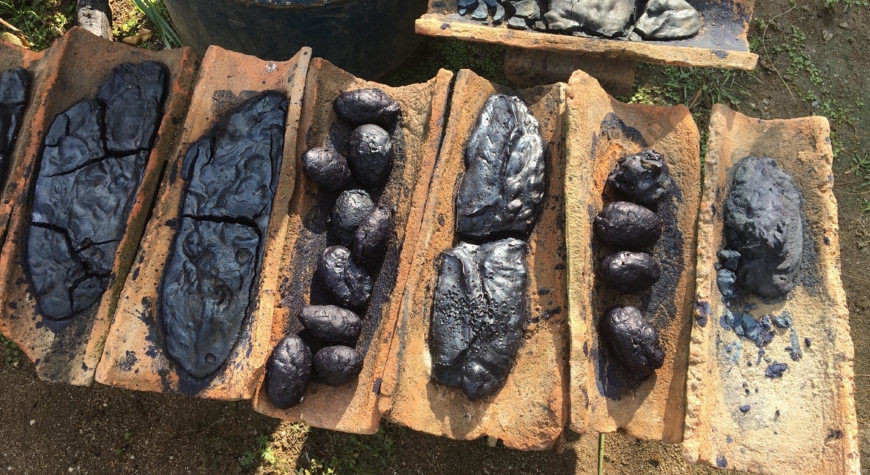
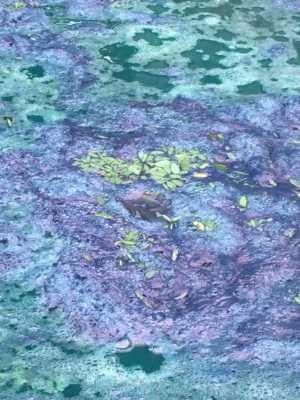
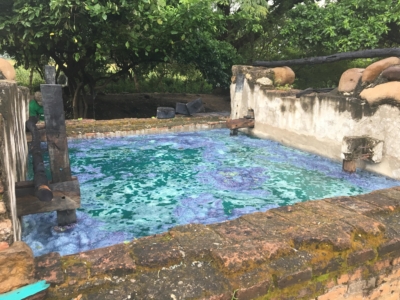
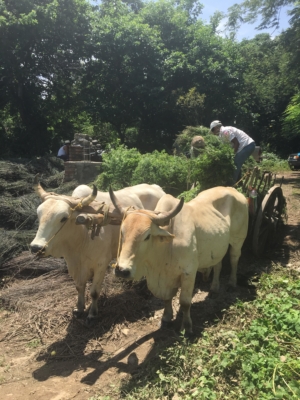
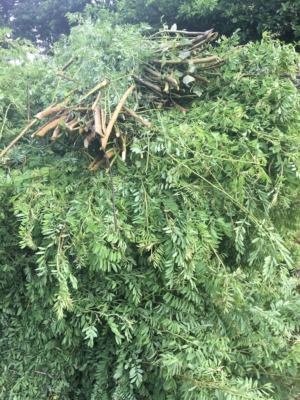
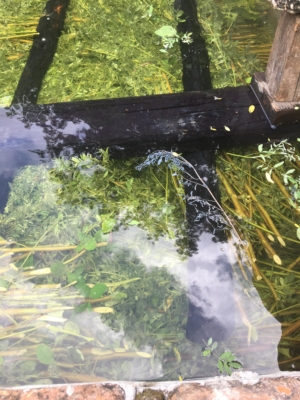
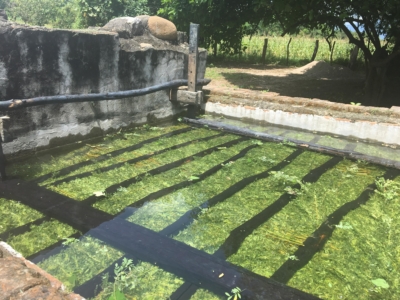
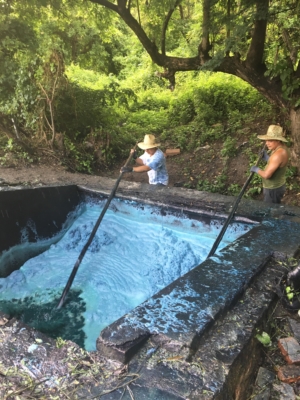
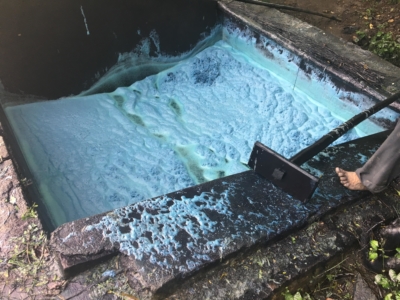
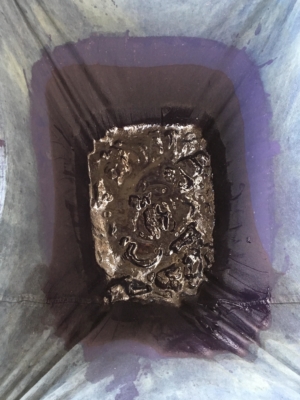
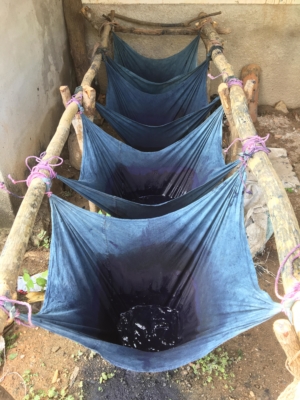
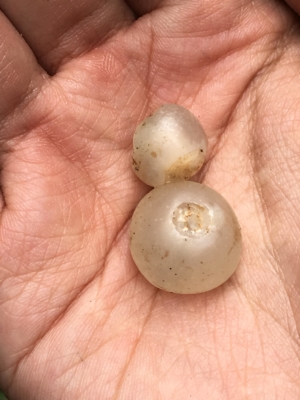
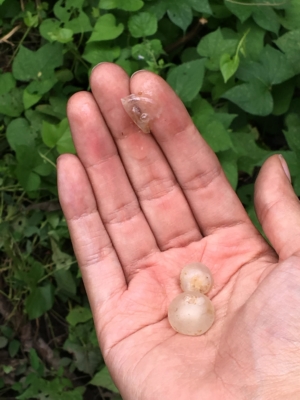
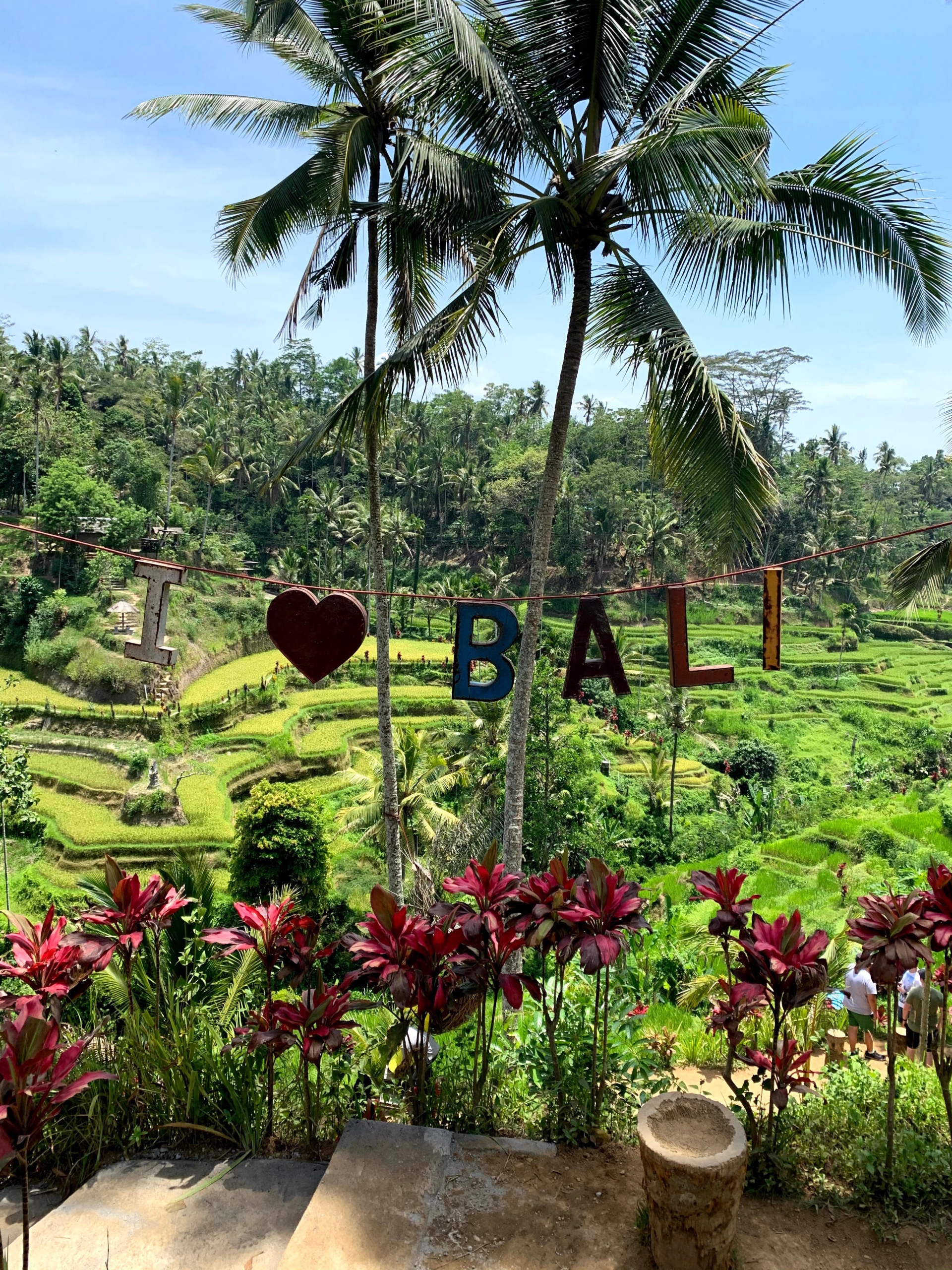
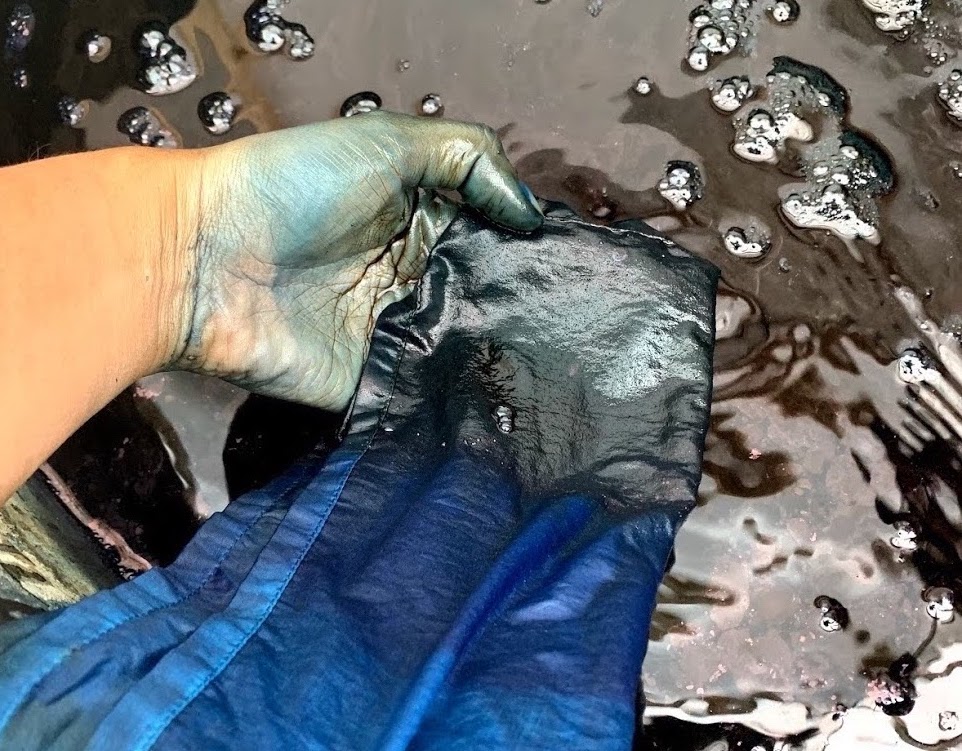

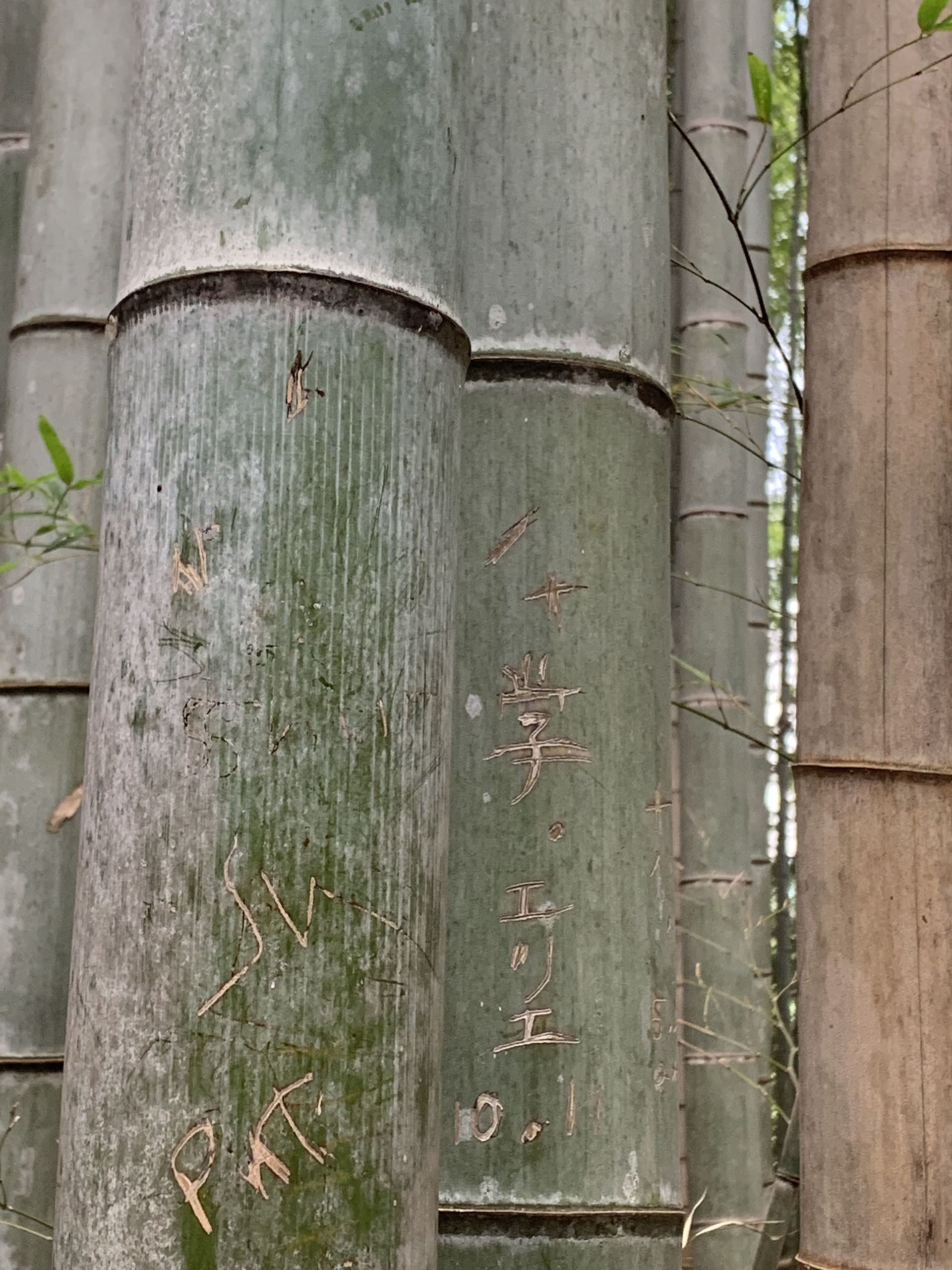
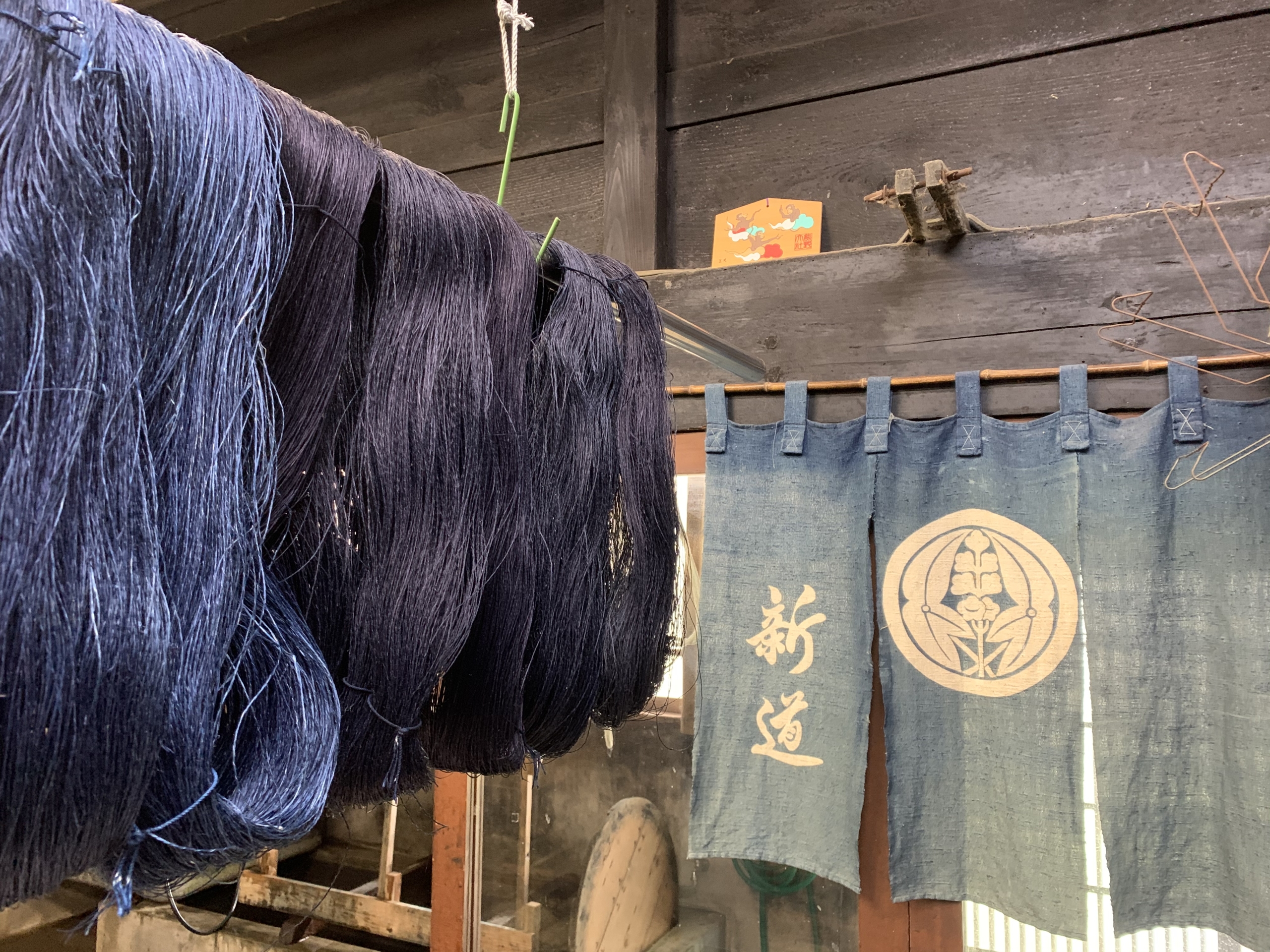
Very soon this web site will be famous amid all blogging and site-building viewers, due to it’s good articles or reviews| а